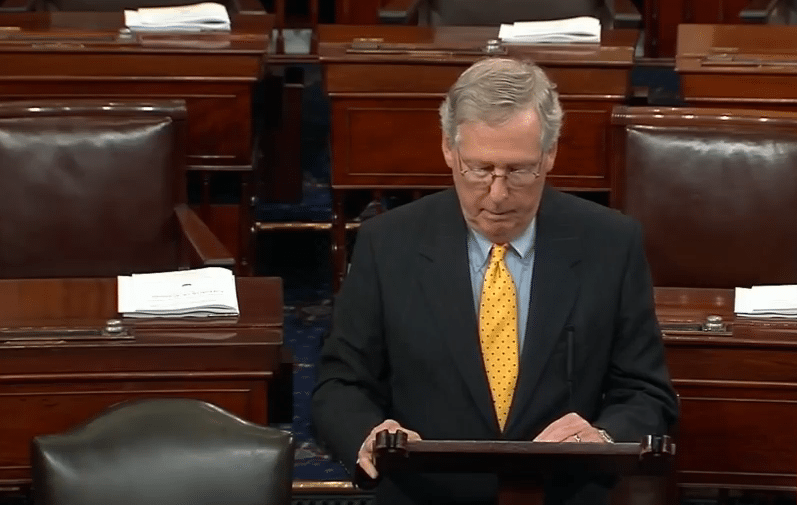
Nuclear Security & Deterrence Monitor Vol. 20 No. 37
Visit Archives | Return to Issue PDF
Visit Archives | Return to Issue PDF
Nuclear Security & Deterrence Monitor
Article 1 of 15
September 23, 2016
Congress Punts FY 2017 Budget Vote to Next Week

Congress adjourned for the week without passing a short-term continuing resolution to keep the government funded at 2016 levels until Dec. 9, leaving lawmakers only another week to put finishing touches on the bill or risk another government shutdown.
Senate Majority…
Partner Content